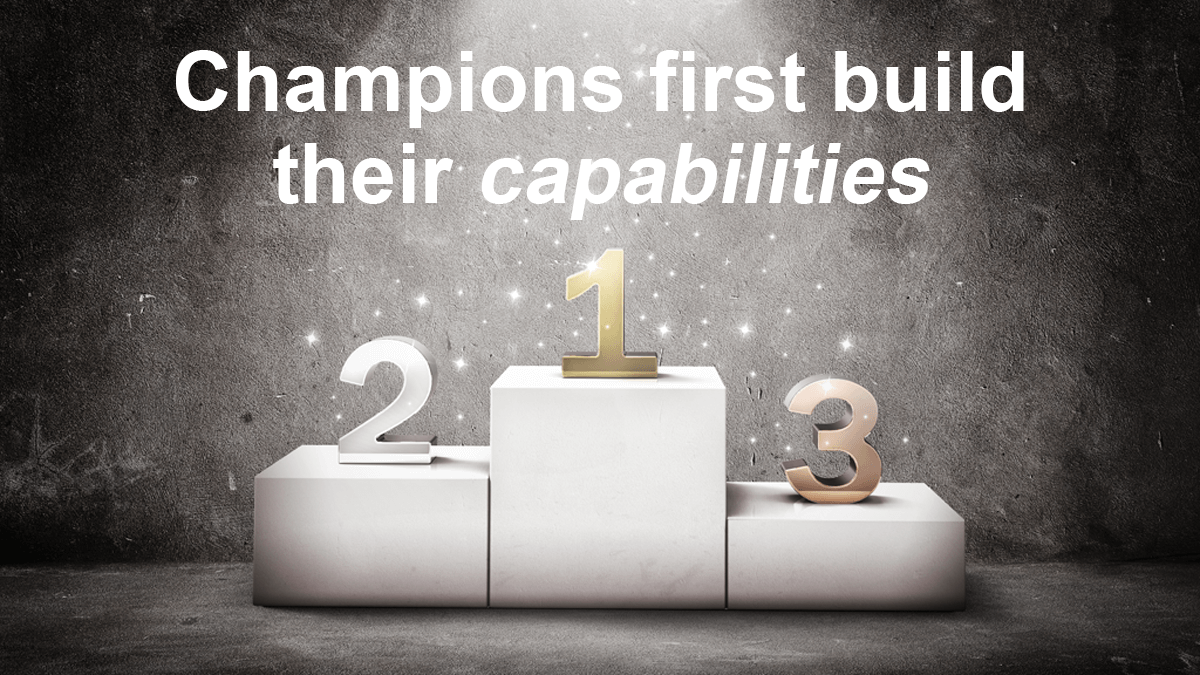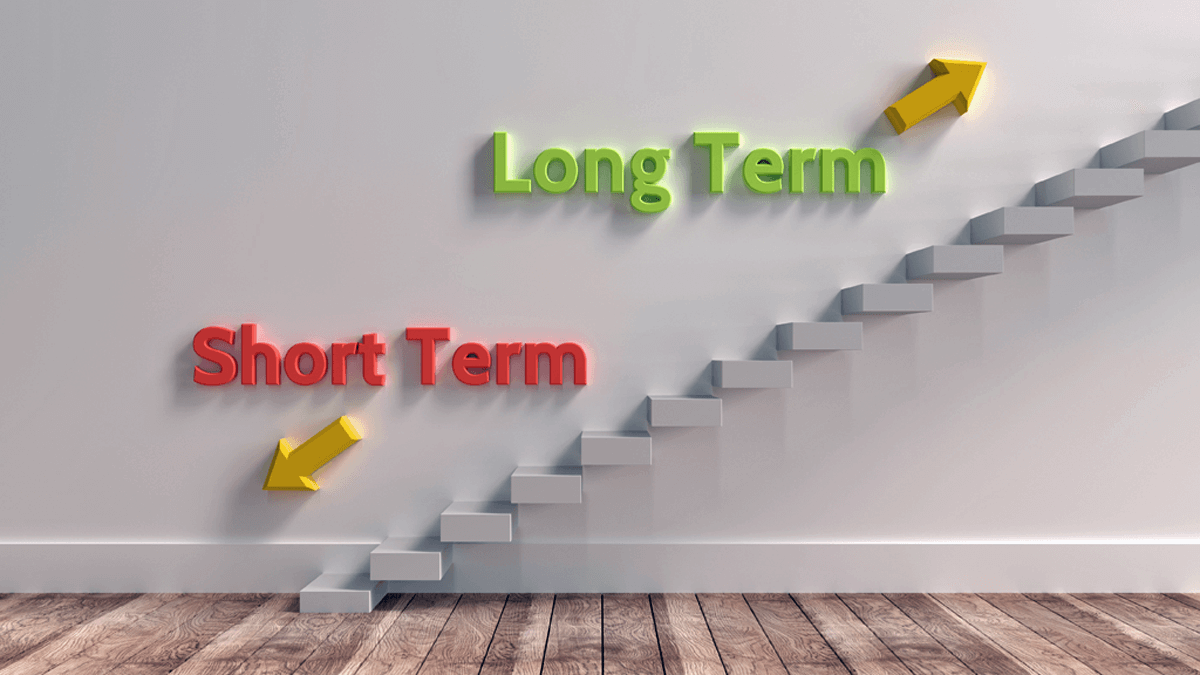When we train B2B professionals to interview their customers, we tell them to be the student and let the customer be the teacher. After all, customers know their world best and love to demonstrate their expertise… so practice humility. Afraid customers will think less of you if you don’t show how smart you are? Sorry, but I’ve got news: They aren’t thinking of you. They’re thinking of themselves and their ideas. So be a brilliant conversationalist. That’s someone who thinks what the other person says is fascinating.
More in article, Discovery Interview Blunders that Frustrate Your Customers.
I’m still looking for the business that failed—or even suffered—from understanding customers too well. Maybe I should stop looking for this rare “black swan” event? It’s certainly no challenge finding companies that don’t understand customer needs well. Sadly, many also don’t understand how badly their lack of customer insight is stunting their growth. Get this right and you may not be a black swan… but you’ll certainly stand out from the rest of the flock.
See video on B2B voice-of-customer at www.vocforb2b.com.
If you compare a 2-hour in-person voice-of-customer interview to a 2-hour web-conference interview, the former wins. You can interpret body language better, build stronger relationships, and perhaps get a customer tour. But what if it took you and your interview team 10 hours of (mostly non-productive) travel time for the interview? A better question might be, “When is each type of interview most appropriate?” (See interview examples in the video at www.VOCforB2B.com.)
For 7 factors to consider, download our white paper, Virtual VOC (page 8).
Did you buy home-owner insurance… even though it’s unlikely your house will burn down this year? How confident are you that you truly understand customer needs when you develop new products? Our research shows most companies do not. So why not have your teams trained in the latest B2B voice-of-customer insight methods? Think of it as insurance. Or better yet… as a strong preventative, like fire-proofing your house.
See video on B2B voice-of-customer at www.vocforb2b.com.
It’s easy to take the anxiety out of high-stakes projects: 1. Brainstorm all assumptions that must be true for your project to succeed. 2. Have each team member vote on “certainty” & “impact” for each assumption. 3. Debate & consolidate votes as a team. 4. Develop a plan to investigate high-impact, low-certainty assumptions. 5. Drive each assumption from uncertainty to certainty. If an assumption is not true, it’s a project-killing “landmine.” Find it early, celebrate… and start your next project.
To see how this is done, view the video at Project De-risking with Minesweeper
Years ago, a study by APQC found the most successful teams invest 20+% of their total new-product work in the front-end… while most teams spend 10% or less here. Roughly speaking, a Market Case requires about 3 person-months of effort, while a full Business Case needs about 6 person-months. So if you “do the math” for 20% in the front-end, you should require a Market Case for projects needing 1 person-year of development, and a Business Case for those needing 2+ years.
More in article, Business Case Excellence: The 12 Key Components
If your big project is successful, it will be because the assumptions it rested on were true. But when you start your project, you don’t know what is and is not true. Think of 4 factors in descending certainty: 1) Facts (we know what we know.) 2) Assumptions (we know what we think.) 3) Questions (we know what we don’t know.) 4) Surprises (we don’t know what we don’t know.) To “de-risk” your project, lay these out at the beginning of your project… and then drive each from uncertainty to certainty.
To see how this is done, view the video at Project De-risking with Minesweeper
Our research shows “strong value propositions” are the #1 driver of B2B organic growth: The ability to develop such value propositions separates the “winners” and “losers.” Here are the 3 growth drivers (out of 24) that show the greatest competency differences between these winners and losers: #1 Front-end Work (creating a compelling business case), #2 Market Concentration (disproportionately focusing resources on attractive market segments), and #3 Customer Interviews: (gaining the insights needed to establish your value proposition).
More in research report, What Drives B2B Organic Growth?
Let’s see: How about gymnasts… golfers… chess masters… rock climbers. Yep, anyone who seeks the championship focuses intently on first building their capabilities and skills. They know this is the only way to get superior results. But what about many business leaders? Do they fixate more on capabilities or results? It seems many “show up” each quarter hoping for great results, without having done anything meaningful to build growth-ensuring capabilities.
More in article, B2B Organic Growth: Moving to earned growth
In our research, B2B professionals rated a strong value proposition as the #1 most important driver of profitable, sustainable organic growth. But what makes it strong? Certainly not the supplier’s opinion. A value proposition is only strong if it addresses outcome(s) important and unsatisfied to the customer. This is the part that most B2B new-product teams bungle. They guess, hope, or hypothesize which outcomes customers want. Big mistake. Without unbiased, unfiltered data, most teams are led astray by their confirmation bias.
More in video, Leader’s Guide to B2B Organic Growth series, Video Lesson #19
For years we’ve advised new product development teams to write a Business Case… to request moving their project into the development stage. But now we often suggest they use a simpler Market Case for their smaller projects. The Business Case has 12 sections while the Market Case has but 6. But the Market Case has the most important section… “Value Proposition”… in which solid evidence of customer needs is presented (usually in the form of Market Satisfaction Gaps).
Download Sample Market Case (after Step 3)
Imagine you’re a long-distance runner and some spectators in the stands have side-bets on how you’ll do this lap. Would you pay attention to them? Would you increase your pace just to make them happy… and lose the race as a result? This is precisely what you do when you pursue quarterly results “at all costs.” Remember, Wall Street analysts don’t give a fig about your company’s long-term well-being. That’s your job.
More in article, B2B Organic Growth: Moving to earned growth
Research published in Harvard Business Review showed companies exhibiting long-term behavior have higher revenue, earnings, job creation, and market capitalization. Clearly, the key to shareholder wealth is long-term behavior, not short-term. If you’re at a financial review discussing revenue, price and margins, you are engaged in a spectator sport. What if your meetings three years ago focused on developing blockbuster products? That was a participant sport, because your longer time horizon allowed you to impact future financial performance. Not just talk about it.
More in video, Leader’s Guide to B2B Organic Growth series, Video Lesson #7
Every business leader becomes known for something. You might be a remodeler, always “fixing the place up.” Improving productivity or quality is helpful, but nothing new is created. Others are decorators, trying to boost “curb appeal” every quarter. Yet others are realtors, focused on M&A, not organic growth. Your company was founded by builders. Be the builder focused on delivering value to customers, so your business grows… and your employees enjoy stable, rewarding careers.
More in video, Leader’s Guide to B2B Organic Growth series, Video Lesson #2













